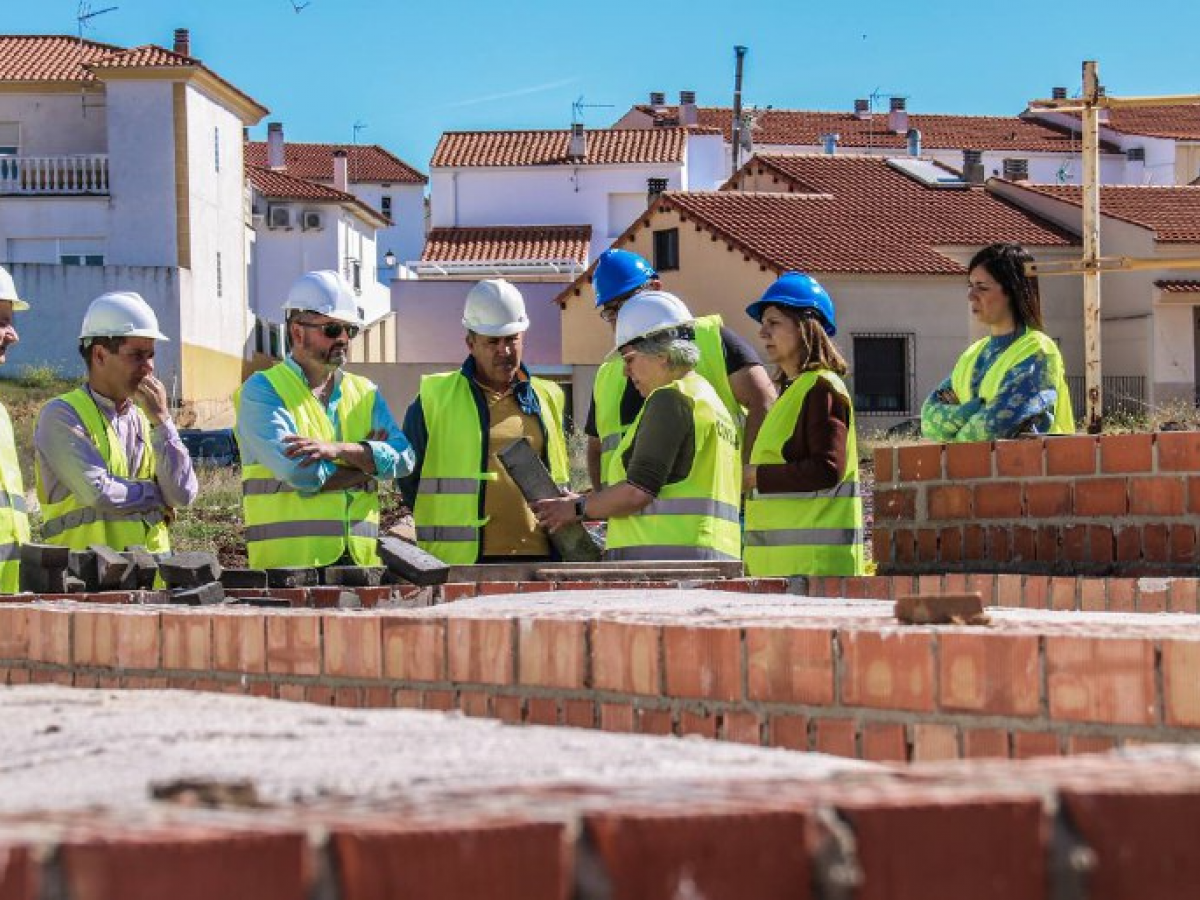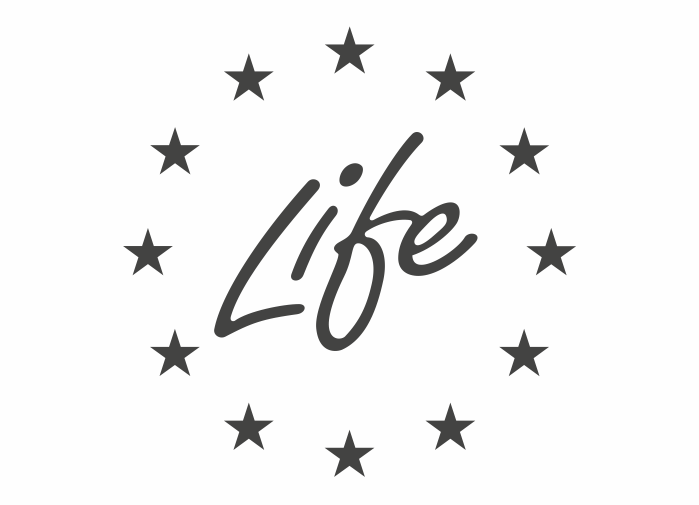
on 23 Mar 2023 12:00 AM
0 comments
The Junta de Extremadura is building three prototype homes in Ribera del Fresno (Badajoz) in which natural and sustainable materials are being used. The action, executed by the public company Urvipexsa, has a budget of 526,804 euros and is part of the LIFE Renatural NZEB project that aims to develop buildings with almost zero energy consumption with a low carbon footprint and low cost, using natural and recycled materials.
LIFE ReNatural NZEB has Spanish and Portuguese partners linked to research and dissemination work in the field of construction. It is coordinated by the General Directorate of Architecture and Building Quality with the participation of various partners such as ITeCons, Cicytex, Intromac, Urvipexsa and the University of Córdoba.
Green and circular economy in the construction sector
The objectives of the project are to decarbonize the housing stock, reduce CO2 emissions by 60%, as well as the embedded energy, the total amount consumed in the construction of a project, through the use of these natural and recycled materials. with low industrialization.
Likewise, it aims to reduce demand and energy consumption by 80% during the period of use of the building, reduce its weight by 20%, as well as reduce the waste produced during its construction by 50%.
This project advocates for the green and circular economy in the construction sector with the use of construction technologies made with natural and local material resources that can serve to improve the regional economy and social opportunities in the regions participating in the project.
Through the Life Renatural NZEB project, an investment of 2 million euros will be made in Extremadura in 23 homes and a public building, both in new construction and in rehabilitation.
Three prototype homes with the use of sustainable materials
Three prototype homes are being built in Ribera del Fresno, one with conventional technologies and the other two homes will be experimental with the use of sustainable materials to thus verify the influence of the intervention and the associated percentage of energy improvement.
For example, materials such as kenaf, paper or recycled glass are being used for insulation; compressed earth block in the walls; wood wool and cellular glass in the vaults; biomass in the mortar; recycled aggregate in the foundation; rubber on the screed; biomass in the mortar; wooden windows and clay paint.
Lastly, passive measures are being implemented to promote energy savings such as cross ventilation, treatment of thermal bridges, rainwater collection for use in irrigation or cisterns, photovoltaic solar energy or shading elements.



